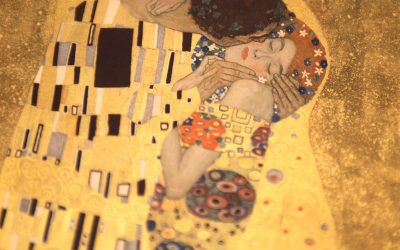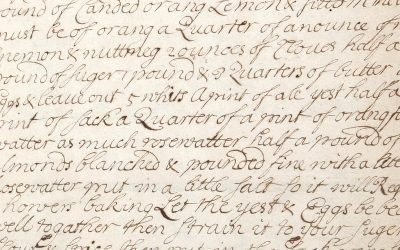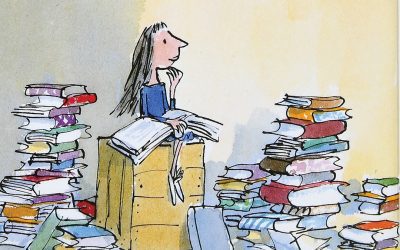First edition, first issue of both parts, of the book that is widely accepted as the first novel in English. It was an immediate success, widely translated, and which inspired a huge number of imitations and adaptations across the world since publication. The first part was published on 25 April 1719 in an edition of 1,000 copies; the sequel, Farther Adventures of Robinson Crusoe, was published in August the same year. Rousseau recommended it as the first book which ought to be studied by a growing boy; Coleridge praised its depiction of “the universal man” and Marx used it to illustrate economic theory in action. The first English novel was modelled along the existing lines of hugely popular travel books and distantly inspired by the true story of Alexander Selkirk, yet Robinson Crusoe was “novel”, as Defoe claimed in the preface to the second part, in supplying a “surprising variety of the subject”.
Collecting Editioned Prints: Gustav Klimt
Gustav Klimt, one of the most recognizable artists of the 20th century, scandalized the Viennese establishment and awed his contemporaries with his opulent and erotic nudes. He rose to fame as a leading member of the Vienna Secession, a movement closely related to Art...





